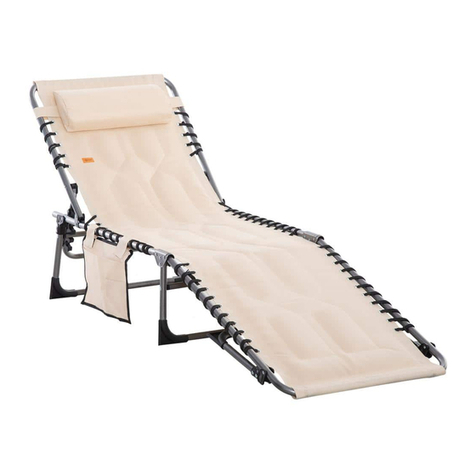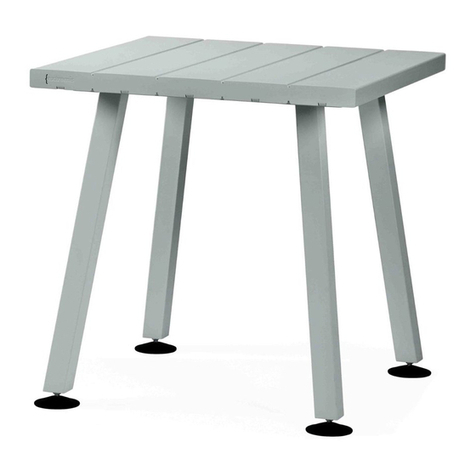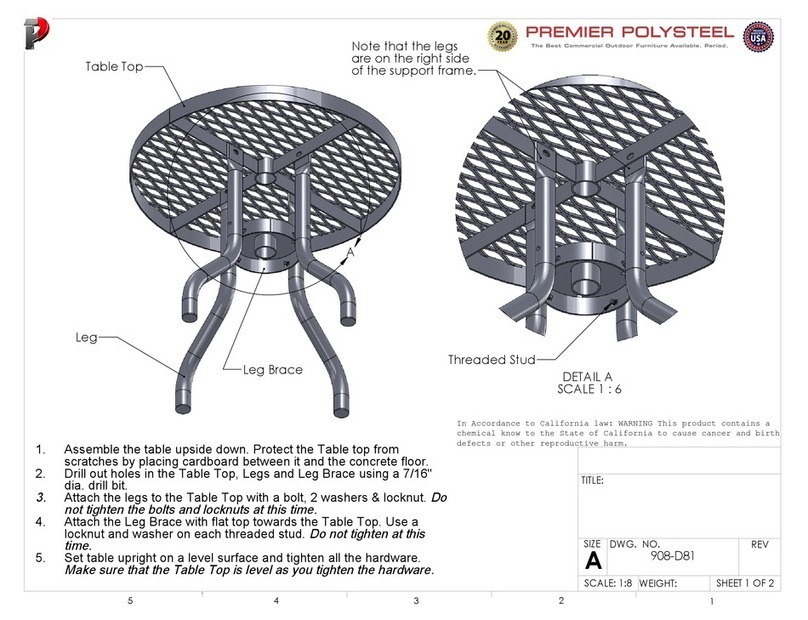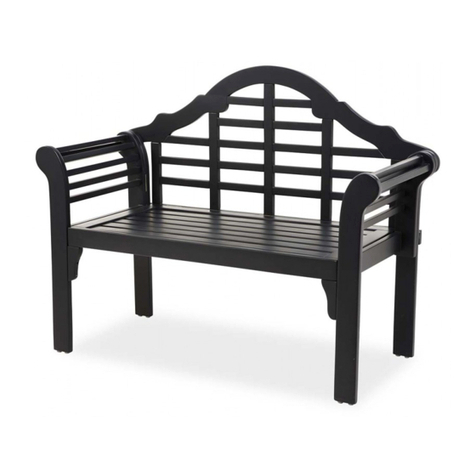Kreg Potting Bench User manual

KregJig
®
PottingBench
PottingBench
Project Plan
CuttingDiagram
CuttingDiagram
D
E
C C
C
D
E
F
G
G
H
I
J
E E E E
B B
A
A
R
You can visit us online for additional resources such as accessories, project plans,
product manuals, and more tips and techniques for getting the most out of your Kreg Jig®.
Online:www.kregjig.com | Phone:800.447.8638
ITEM # PLAN-GARDPTBNCH
www.kregjig.com

25
”
What You’ll Need
PottingBench
PottingBench
Whatyou’llneed
Whatyou’llneed
Project Plan
Jig Saw
TOOLS
HARDWARE & SUPPLIES
25
”
DrillCircular Saw
PottingBench
PottingBench
Materials
Materials
Project Plan
SHOPPING LIST
Quantity Description
6 each 2x4’s - 8'-long (cedar or treated)
6 each 5/4 x 6 x 8'-long deck boards*
PARTS TO CUT
Part Qty. Description Length Width Thickness
A 2 Front Legs 34" 31⁄2"1
1⁄2"
B 2 Back Legs 473⁄4"3
1⁄2"1
1⁄2"
C 4 Leg Rails 17" 31⁄2"1
1⁄2"
D 4 Long Rails 33" 31⁄2"1
1⁄2"
E 6 Supports 21" 31⁄2"1
1⁄2"
F 4 Shelf Boards 36" 51⁄2"1"
G 4 Bench Boards 473⁄4"5
1⁄2"1"
H 1 Filler 33" 31⁄2"1"
I 2 Back Boards 33" 51⁄2"1"
J 1 Shelf 473⁄4"5
1⁄2"1"
SHOPPING LIST & PARTS
Kreg Face Clamp or
other C-clamp
*NOTE: Deck boards are 1" thick and 51⁄2" wide. You can
use cedar, pressure-treated lumber, or decking made from
plastic composite material.
When you see this DVD logo, please reference your Skill
Builder DVD for in-depth tips on how to build the featured joint.
SkillBuilder DVDIcon
SkillBuilder DVDIcon
TM
SHOPPING LIST
Quantity Description
50 SML-C250B 21⁄2", #8 Coarse, Maxi-Loc Screws
100 SML-C2B 2", #8 Coarse, Maxi-Loc Screws
2 Sheets 120-Grit Sandpaper
NOTE:
Be sure to use outdoor Blue KoteTM
Pocket-Hole Screws for the Potting Bench.

48"
34"
4"
17"
Before you get started, you’ll want to measure out and cut the
parts that are made from the 2x4’s. Take a look at the Cutting
Diagram on the other side of these plans to help you out.
The first thing you’ll do is build the left and right leg frames, as
shown in the drawings on the left.
1. Locate the four short rails (Part ‘C’) and drill the two
Pocket-Holes on each end that will be used to connect the
legs. The location of these Pocket-Holes isn’t critical. Use the
jig settings shown in the drawing.
2. Now attach the rails to the legs (Parts ‘A’ & ‘B’) at the
locations shown. The top rail should be flush with the top of
the front legs. The bottom rail should be 4" from the bottom of
the leg as shown.
3. Now drill all of the Pocket-Holes in the four long rails (parts ‘D’) where indicated in
the drawing at the left. Use the same settings as you did on the short rails above.
4. Attach the four rails to one of the leg frames you’ve already assembled. These rails
will be at the same locations on the legs as the rails on the frame, with the top rail
flush with the top of the legs. The pocket holes should face the back of the bench.
HowtoBuildit!
HowtoBuildit!
LEGFRAMES
LEGFRAMES
CONNECTINGTHEFRAMES
CONNECTINGTHEFRAMES
STEP-BY-STEP
To get some help making this joint, view
the SkillBuilder™ "Assembling Face
Frames" section on the Kreg Jig®DVD.
TIP:
TIP:
To get some help with this, view the
SkillBuilder™ "Leg and Rail Joints"
section on the Kreg Jig®DVD.
TIP:
TIP:
5. Add the two center supports (Parts ‘E’) in the lower shelf and bench top as you
can see on the right. They just need two Pocket-Holes at each end to fasten them
in place. You'll also need a support at each end that will be joined by driving screws
into the face of them into the frame. Vertical Pocket-Holes in these end supports
will be used to secure the boards for the shelf and bench top (Parts ‘G’ and ‘F’).
Arrange the bench / shelf boards on the frame spacing them accordingly. Mark
the Pocket-Hole locations on (Parts ‘E’) and then use the Drill Guide Block
detached from the base (See Quick Start Guide or SkillBuilderTM) to drill the
vertical Pocket-Holes with the supports in place. Note: It is important to drill
two Pocket-Holes for each bench/shelf board to prevent warping.
6. Add the four boards that form the lower shelf (Parts ‘F’). With your saw
you’ll need to notch the front and back boards to fit around the legs. Space them
evenly then fasten the boards in place using the vertical Pocket-Holes through the
rails and center support (Parts 'E').
SUPPORTSANDSHELF
SUPPORTSANDSHELF
C
C
C
C
B
B
B
A
A
33"
D
D
D
D
EE
E
EE
E
F
Use 21⁄2"-long
Pocket-Hole Screws
with Coarse Threads
1/2
5/8
3/4
7/8
1
1-1/8
1-1/4
1-3/8
1-1/2
KREGJIG
KREGJIG®SETTING
®
®
SE
TTI
TTI
I
I
NG
NG
G
NG
SE
TTI
TTI
TI
I
I
NG
NG
G
N
NG
Use 2"-long
Pocket-Hole Screws
with Coarse Threads
1/2
5/8
3/4
7/8
1
1-1/8
1-1/4
1-3/8
1-1/2
KREGJIG
KREGJIG
®
®
SETTING
SETTING
Shown from backside

PottingBench
PottingBench
Project Plan
7. To complete the bench top, there are four boards (Parts ‘G’)
and a filler strip (Part ‘H’) that you’ll need to attach (drawing at
left). Fasten the four long boards (Part ‘G’) first. Fasten the rear
board tight against the rear legs then add the other three,
spacing them evenly as you go paying attention to Pocket-Holes
you have already drilled on the underneath supports (Parts ‘E’).
Make sure these boards overhang the frame the same amount
on each end.
8. Now cut and fasten the filler strip that fits between the rear legs
of the bench. This will complete the benchtop.
BENCHTOP
BENCHTOP
11. If you’ve use pressure-treated lumber for your
potting bench, you can let it age to a weathered gray
color. If you wish to paint it, you should let it dry for
several months beforehand. For cedar lumber, you
can also let it age naturally or apply an exterior finish
recommended by your local paint dealer. For compos-
ite decking material, no finish is necessary.
To hang your garden tools such as pruners and
trowels on the back of the bench, just hammer in
some small finish nails to use as hooks. You can also
purchase hooks that fasten with screws.
FINISHINGUP!
FINISHINGUP!
9. There are two deck boards (Parts ‘I’) you’ll need
to cut to fit between the rear legs. They form the back
of the bench and also support the upper shelf. They
make a handy place to hang your garden tools. See the
drawing at right. After you drill the pocket holes where
indicated, you can fasten them in place, making sure
the top board is even with the top of the rear legs.
10. The last piece to add is the upper shelf (Part ‘J’).
It’s fastened in place through the pocket holes in the
back panel you added earlier (drawing below).
BACKANDSHELF
BACKANDSHELF I
J
Use 2"-long
Pocket-Hole Screws
with Coarse Threads
1/2
5/8
3/4
7/8
1
1-1/8
1-1/4
1-3/8
1-1/2
KREGJIG
KREGJIG
®
®
SETTING
SETTING
To find out how to attach the shelf and top
to the bench, view the SkillBuilder™
"Attaching Table Tops" on the Kreg Jig®DVD.
TIP:
TIP:
G
H
24"
49"
48"
35"
36"
Popular Outdoor Furnishing manuals by other brands
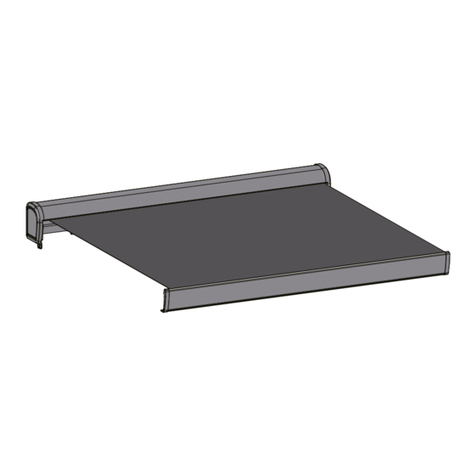
Naterial
Naterial ZEFIR instruction manual
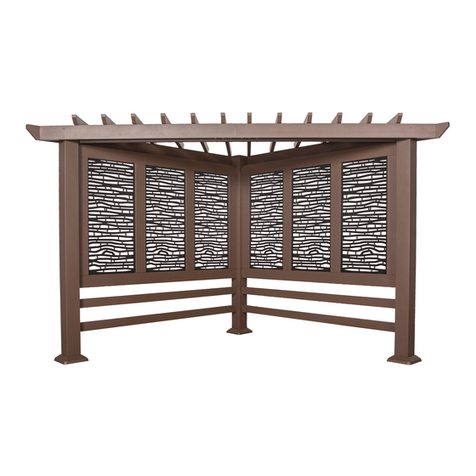
Backyard Discovery
Backyard Discovery Hillsdale Cabana 2102415 Owner's manual & assembly instructions
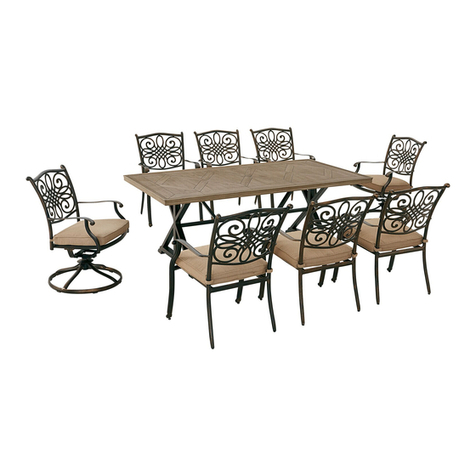
Hanover
Hanover Traditions TRADDN9PCTFSW2-TAN manual
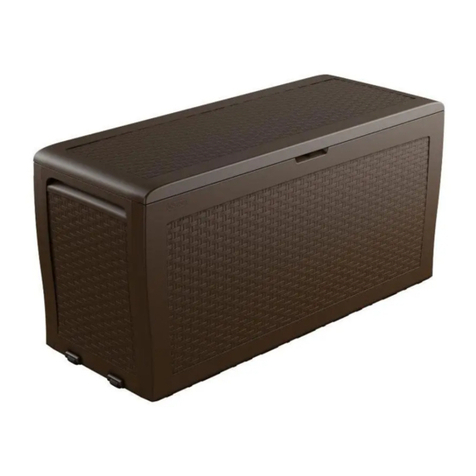
Keter
Keter SAMOA RATTAN BOX 270 L 17209570 Assembly instruction
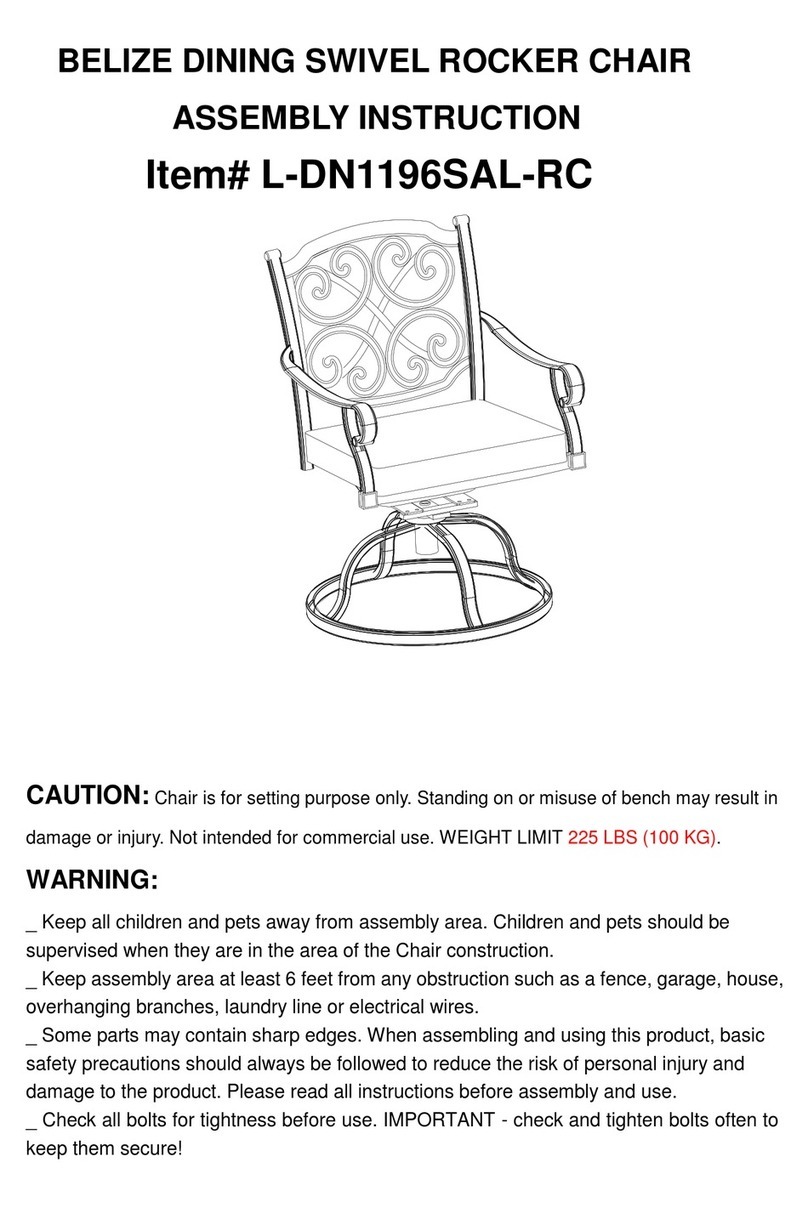
Sunjoy
Sunjoy L-DN1196SAL-RC Assembly instruction
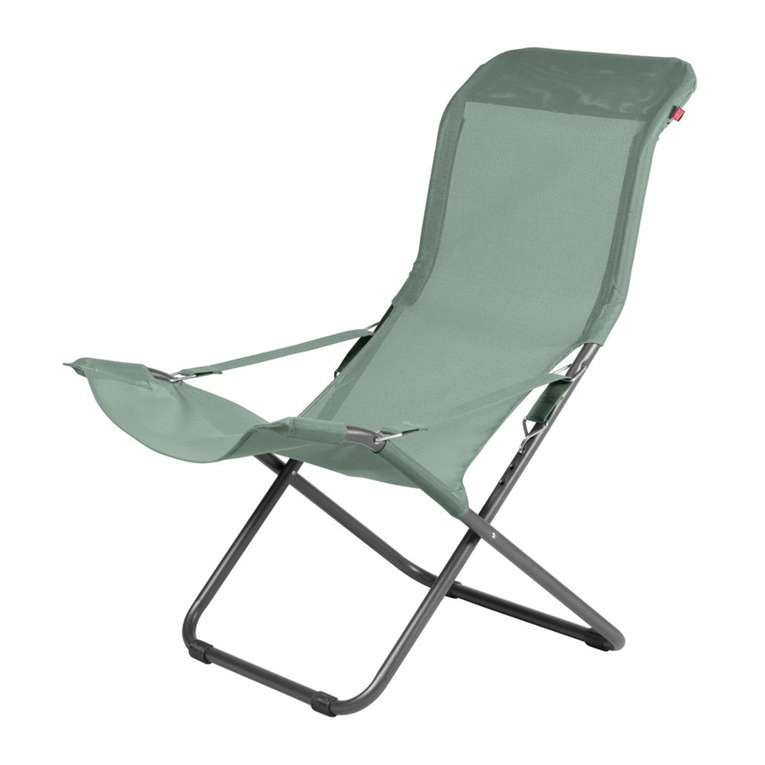
FIAM.
FIAM. FIESTA quick start guide

Doppler
Doppler Alu Wood Assembly instructions and user's manual
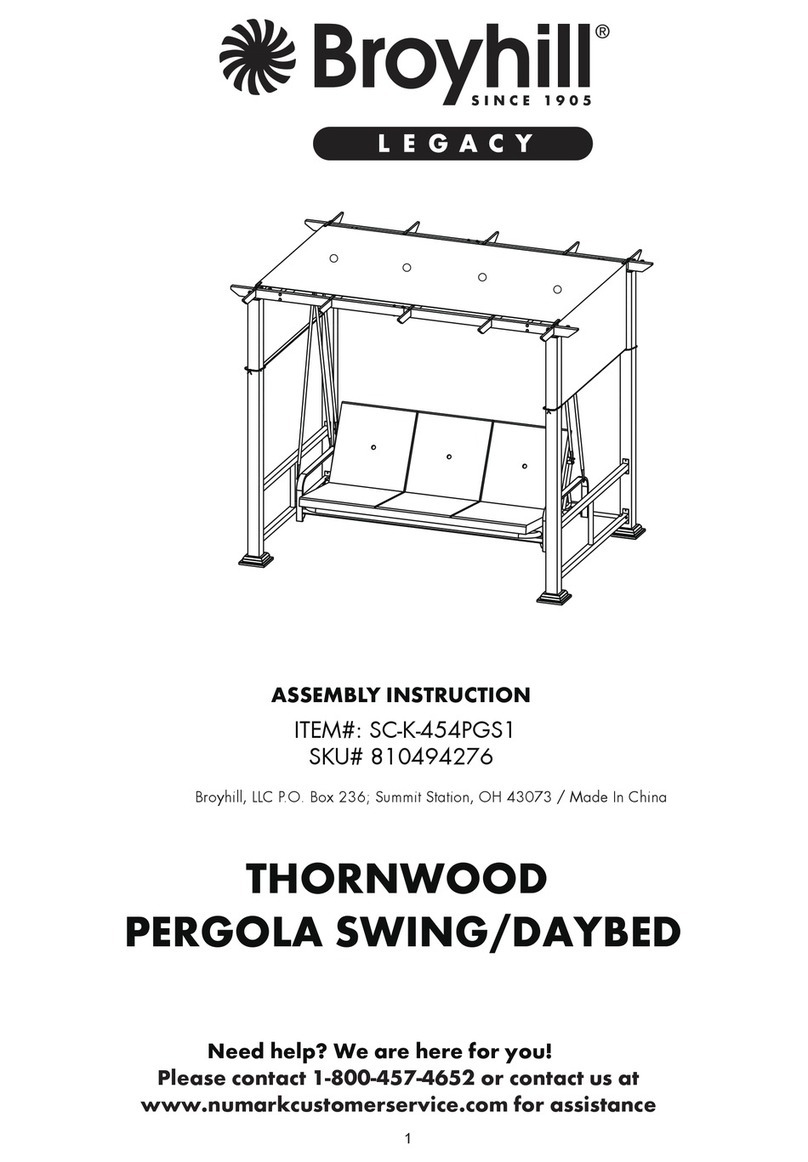
Broyhill
Broyhill Legacy SC-K-454PGS1 Assembly instruction
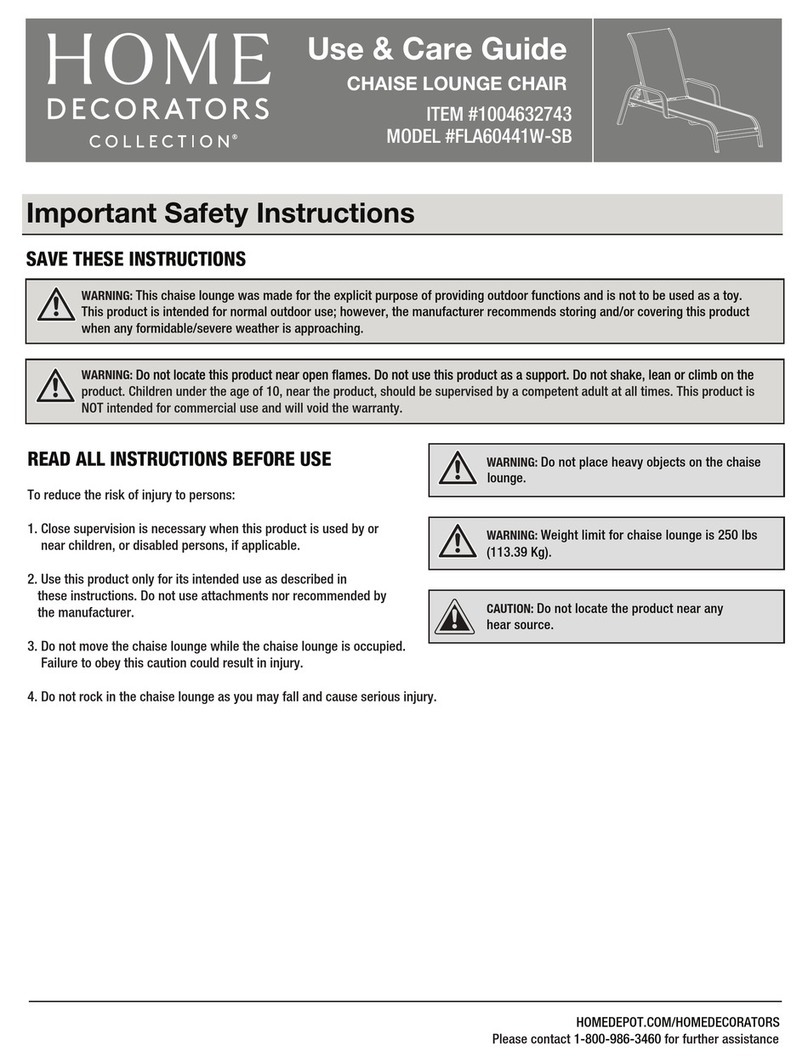
Home Decorators Collection
Home Decorators Collection FLA60441W-SB Use & care guide
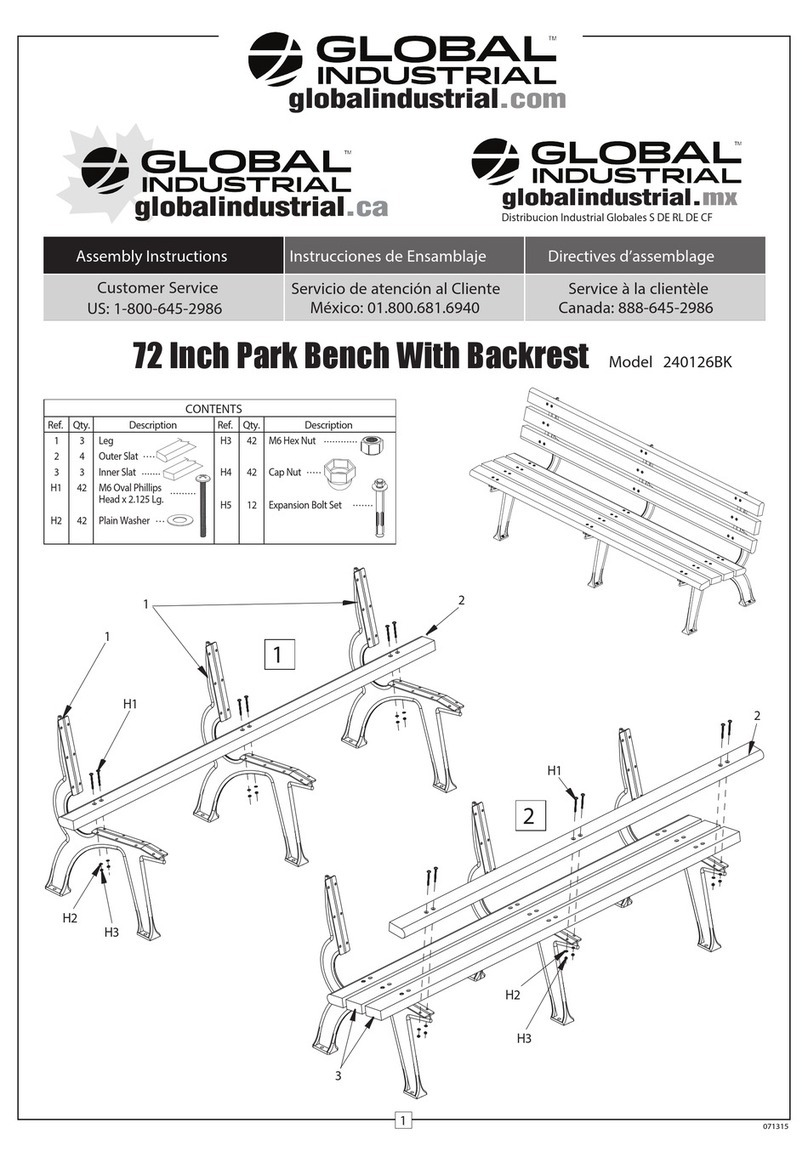
Global Industrial
Global Industrial 240126BK Assembly instructions
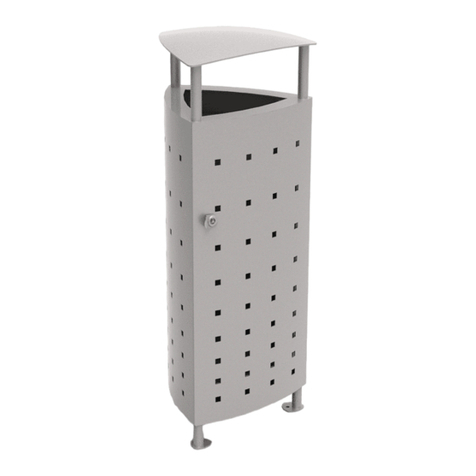
BENITO
BENITO Argo PA692SGRH Anchoring instructions
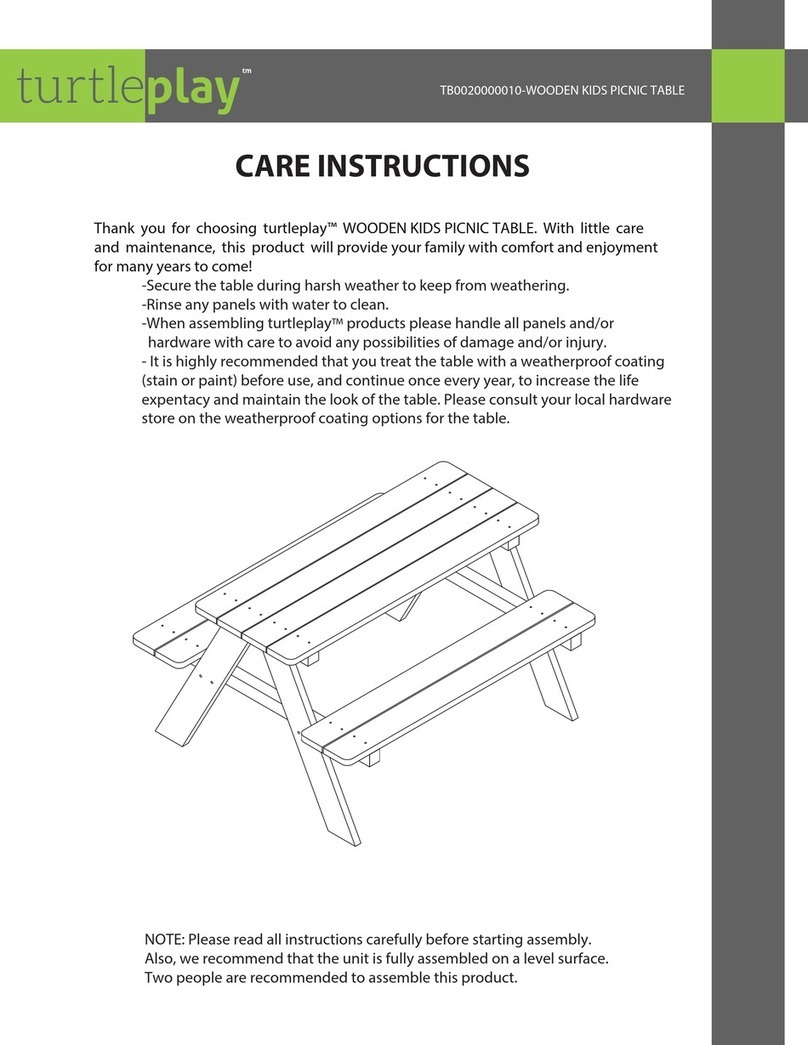
Turtleplay
Turtleplay TB0020000010 Care Instructions
